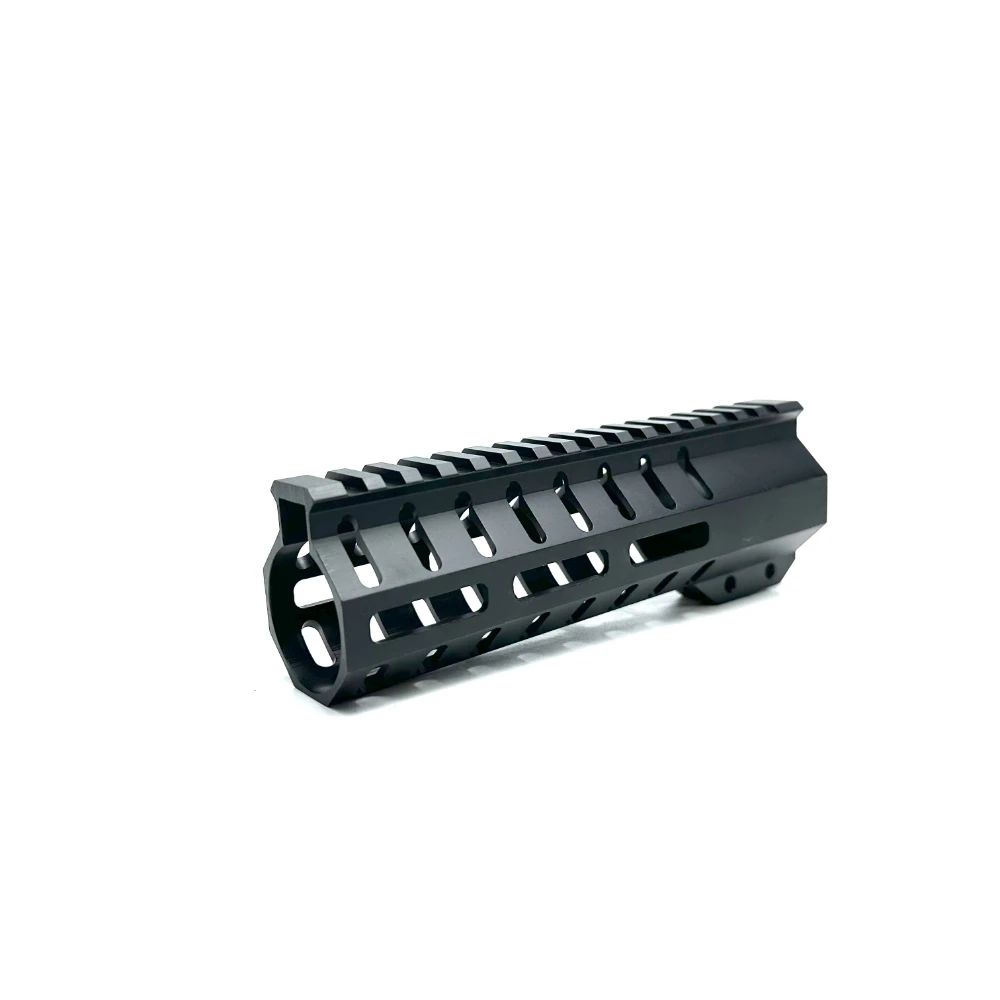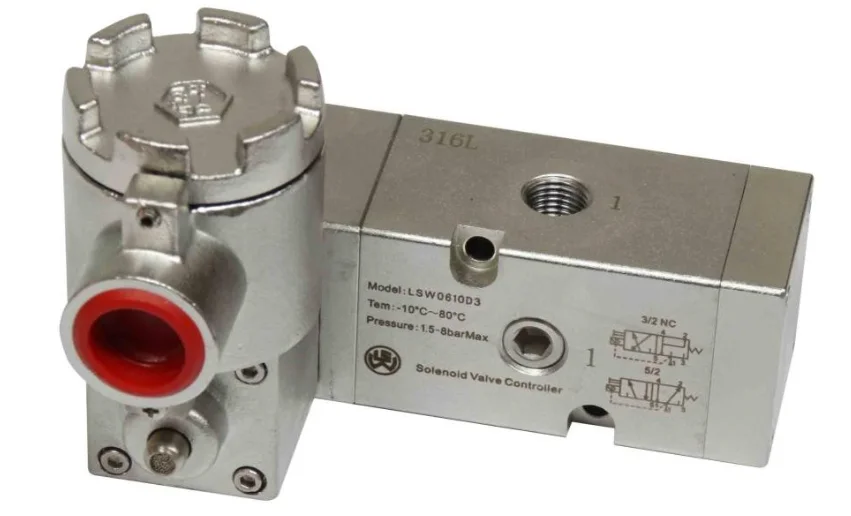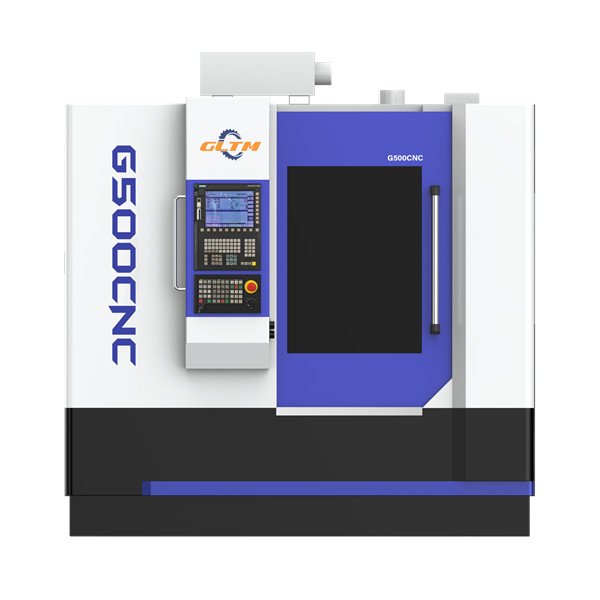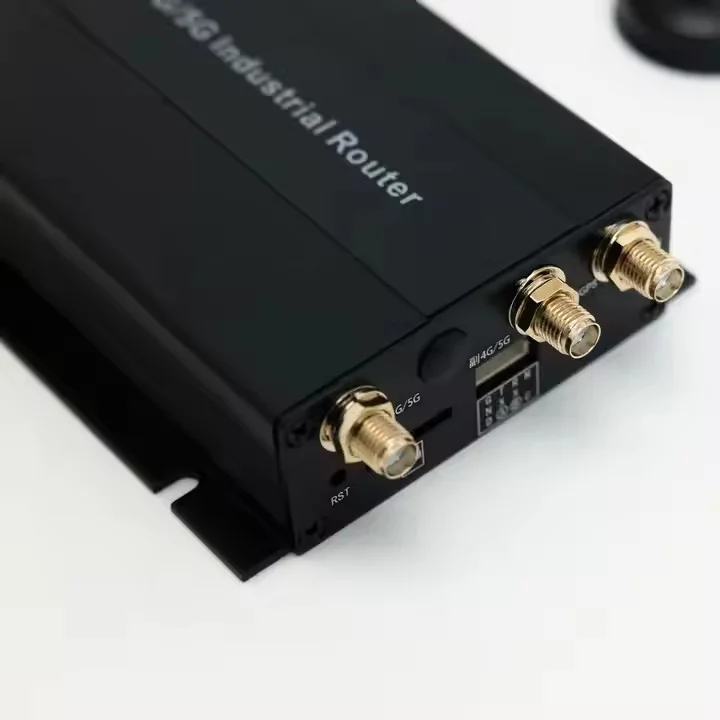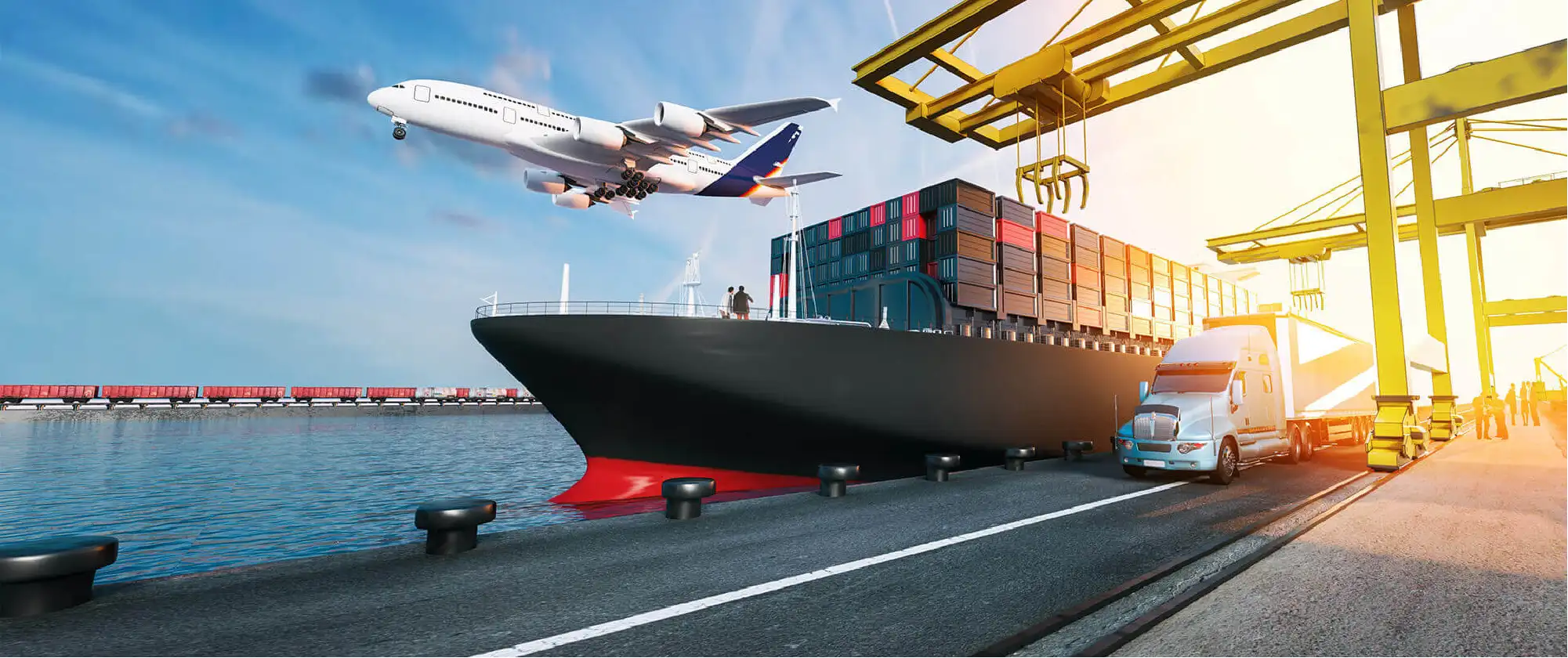Worm gears are a popular choice in various mechanical applications due to their unique design and ability to provide high torque reduction in a compact space. However, like any engineering solution, they come with their own set of disadvantages that can impact performance, efficiency, and longevity. In this article, we will delve into the cons of worm gears, providing a detailed analysis to help engineers and decision-makers make informed choices.
- Efficiency Losses
One of the most significant drawbacks of worm gears is their relatively low efficiency compared to other gear types. The efficiency of worm gear systems typically ranges from 50% to 90%, depending on the design and materials used. This inefficiency arises primarily from the sliding contact between the worm and the worm wheel, which generates friction and heat. As a result, a considerable amount of input energy is lost, leading to increased operational costs and potential overheating issues.
- Heat Generation
The friction inherent in worm gear operation not only reduces efficiency but also leads to excessive heat generation. This heat can cause thermal expansion, which may affect the alignment of the gears and lead to premature wear. In applications where continuous operation is required, such as in conveyor systems or industrial machinery, managing this heat becomes crucial. Failure to do so can result in catastrophic gear failure, increased maintenance costs, and unplanned downtime.
- Limited Load Capacity
Worm gears are generally designed for lower load capacities compared to other gear types like helical or bevel gears. The design of the worm gear system limits the amount of load that can be effectively transmitted. This limitation can be particularly problematic in heavy-duty applications where high torque is required. Engineers must carefully assess the load requirements of their applications to ensure that worm gears are suitable, as exceeding their load capacity can lead to gear stripping or complete failure.
- Backlash Issues
Backlash, or the slight movement between the gear teeth when the direction of rotation is changed, is another concern with worm gears. While some backlash is inherent in all gear systems, worm gears can exhibit significant backlash due to their design. This can lead to precision issues in applications requiring high accuracy, such as robotics or CNC machinery. Engineers may need to implement additional components, such as anti-backlash devices, to mitigate this issue, which can add complexity and cost to the system.
- Material Limitations
The materials used in worm gear construction can also pose challenges. While many worm gears are made from durable materials like bronze or hardened steel, the choice of material can significantly affect performance. For instance, softer materials may wear out quickly under high loads, while harder materials may be more brittle and prone to cracking. Additionally, the compatibility of materials between the worm and the wheel is crucial; mismatched materials can lead to accelerated wear and failure.
- Size and Weight Constraints
Worm gears are often chosen for their compact design, but this can also be a disadvantage. The compactness of worm gears can limit their size and weight capacity, making them unsuitable for applications requiring larger gear ratios or higher torque. In contrast, other gear types, such as planetary gears, can provide similar torque in a more compact form without the same limitations. This can lead to challenges in design and integration, particularly in space-constrained environments.
- Maintenance Requirements
Worm gears require regular maintenance to ensure optimal performance and longevity. The lubrication of the worm and wheel is critical to minimize friction and heat generation. However, the enclosed nature of many worm gear systems can make lubrication difficult, leading to potential neglect. Regular inspections and maintenance routines are essential to prevent issues, which can increase operational costs and downtime.
Conclusion
While worm gears offer unique advantages, such as high torque reduction and compact design, their drawbacks cannot be overlooked. Efficiency losses, heat generation, limited load capacity, backlash issues, material limitations, size constraints, and maintenance requirements are all critical factors that engineers must consider when selecting a gear system. By understanding these cons, professionals can make more informed decisions, ensuring that the chosen gear system aligns with the specific needs of their applications. Ultimately, a thorough analysis of worm gears will lead to better design choices and improved operational efficiency in the long run.

